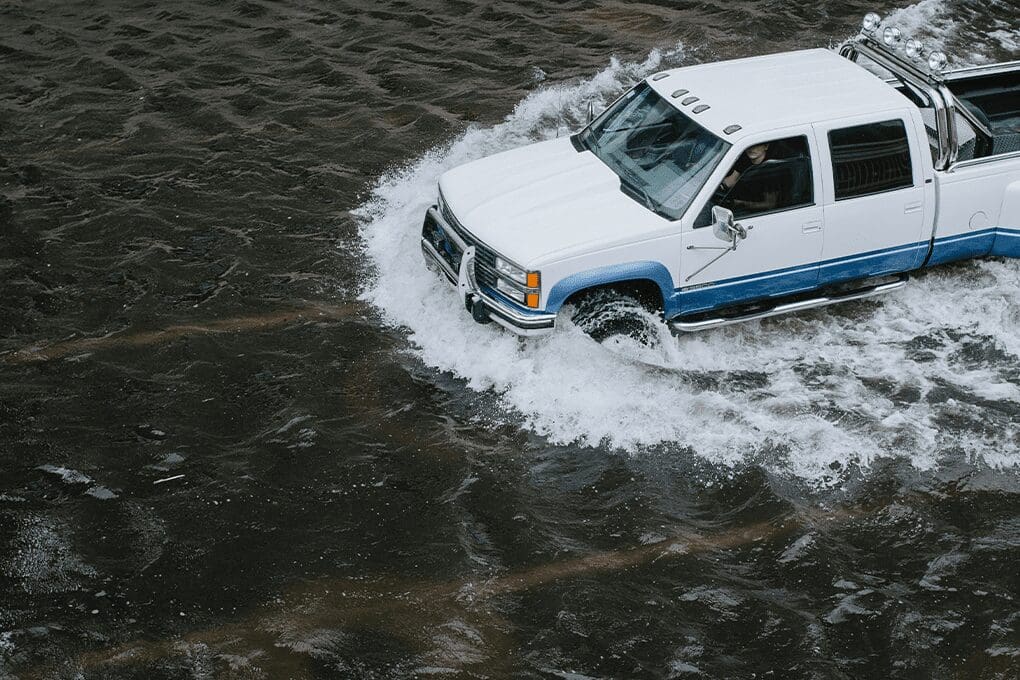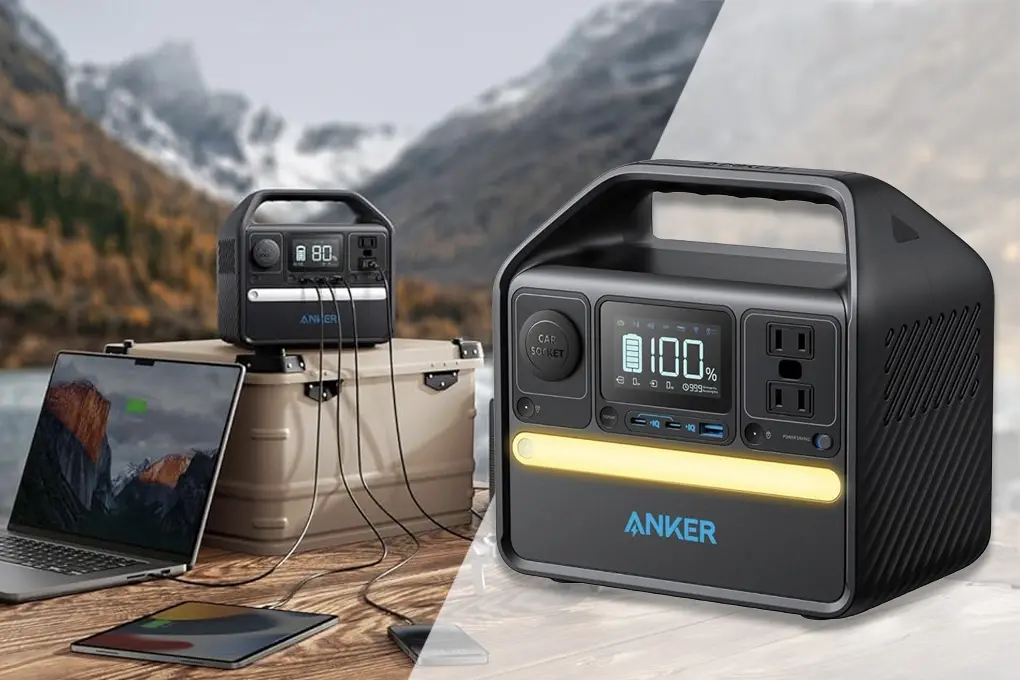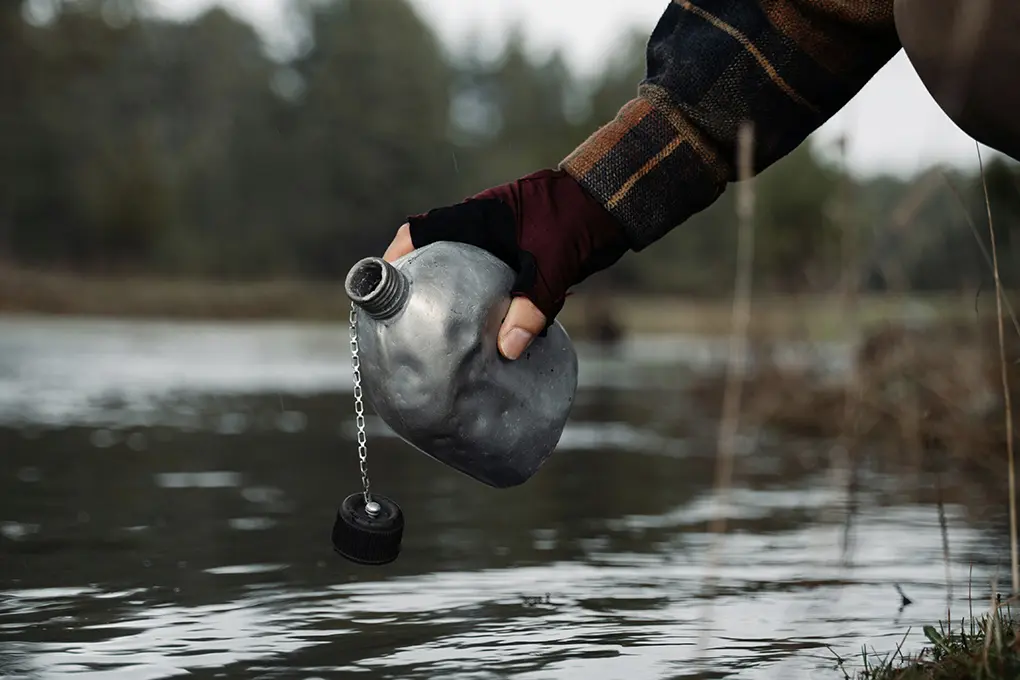In a world where natural disasters are becoming increasingly common, preparedness is no longer an option; it’s a necessity. According to the Centre for Research on the Epidemiology of Disasters (CRED) and the United Nations Office for Disaster Risk Reduction (UNDRR), there were 393 recorded natural hazard disasters worldwide in 2024. These events caused more than 16,700 deaths, affected about 167 million people, and led to an estimated 242 billion dollars in economic losses. The UN notes that the frequency and severity of disasters continue to rise due to climate change, extreme weather, and environmental degradation.
Having a well-stocked emergency kit can mean the difference between life and death during a crisis.
This comprehensive guide will walk you through the essential items you need in your emergency kit to ensure you and your loved ones are prepared for any natural disaster. We’ll cover:
-
Food and water supplies to sustain you during the crisis
-
First aid and medical necessities to address injuries and health concerns
-
Communication and lighting devices to keep you informed and safe
-
Personal hygiene and sanitation items to maintain health and prevent illness
-
Tools and supplies for shelter, warmth, and navigation
By the end of this article, you’ll have a clear understanding of what to include in your emergency kit and how to tailor it to your specific needs and environment. Remember, investing time and effort into building a robust emergency kit is a small price to pay for the peace of mind and potentially life-saving resources it provides.
Table of Contents
Why Having A Natural Disaster Emergency Kit Is Important
No matter where you are in the world, you’re never completely safe from a natural disaster. They can take many forms, from hurricanes and tornadoes to tsunamis and monstrous blizzards. It can be a scary thought to know that a disaster can hit you at any time, but you don’t have to be helpless.
In the past we have also looked at some supplies you may need during a hurricane or a severe storm, so that would make a great companion to this list.
If you’re prepared for a kit that covers a wide range of scenarios then you can give yourself a fighting chance if you find yourself in a desperate survival scenario.
We have also covered some potential natural disasters you may need to be prepared for before, so it’s well worth a read as well.
What To Consider When Planning Your Emergency Kit List
While natural disasters can be really varied, you can sometimes predict which are more likely depending on the area you live in. For example, if you’re nowhere near the ocean then a tsunami is something you won’t have to fear.
However, if you live in an area where tornadoes are fairly common, then you can prepare yourself for them as best you can. No matter which natural disasters you anticipate, a natural disaster emergency kit will typically have a few constants.
For a few examples, an emergency kit should normally have food and water supplies. Having devices that can charge electronics should also be considered, and you should always have some kind of medical kit.
Basically, you want to be prepared for as many different scenarios as possible. Now that we have covered that, we will go over a few specific items you can use to make sure your emergency kit is stocked up.
For more elaboration on some of the items and practices in this list, we highly recommend this article we created that covers these.
Natural Disaster Emergency Kit Items To Get You Started
Flashlights And Lanterns
When the power goes out, you may be surprised by how much darkness can impact your survival. That’s why we always recommend packing flashlights or lanterns in your survival kit. When choosing which ones to get, you should consider ones that have solar charging or long battery lives, as you never know how long you may not be able to charge them.
Food And Water Supplies
We all need food and water to survive, and these can be especially difficult to source when you’re in a survival scenario. When it comes to food, you want to stick to food that will last a long time and that will be easy to prepare.
You can pack bottles of water, but it’s even better to have a water filtration device or purification tablets.
For comprehensive emergency food preparedness, consider a 2-week emergency food supply kit that provides 119 servings of easy-to-prepare meals with up to 25-year shelf life. These kits include varieties like beef stroganoff, chili mac, and breakfast options that require only water to prepare—making them ideal for situations where cooking facilities are limited or unavailable.

Emergency Power Sources
Power will usually be one of the first things to go whenever there is any kind of natural disaster. It may not seem like a necessity, but having a working phone or radio can make a huge difference in a survival situation.
That’s why you should have at least one solar-powered device or spare batteries that you can use to make sure your electronics don’t run out of juice when you need them most.
Clothing For All Weather Conditions
Having the right clothing and gear for potential survival situations can be incredibly important. However, this is one where you should choose what you pack carefully. For example, if you live in a hot, arid area then you probably don’t need to waste space having a thermal Winter coat.
It’s a good practice to have clothing that will prepare you for hot, cold or wet conditions, but you can use your judgment to decide if something is not that necessary.
Medical Supplies And First Aid Kit
It can be really easy to get injured in any kind of emergency situation. If you have a broken bone or an infection that goes untreated then it could be a matter of life or death.
Having a good set of medical supplies is one of the most essential aspects of any survival kit. You want to make sure that the kit contains remedies and treatments for as many different injuries and sicknesses as possible.
This article shows off some of the essentials you need in a medical kit in more detail.
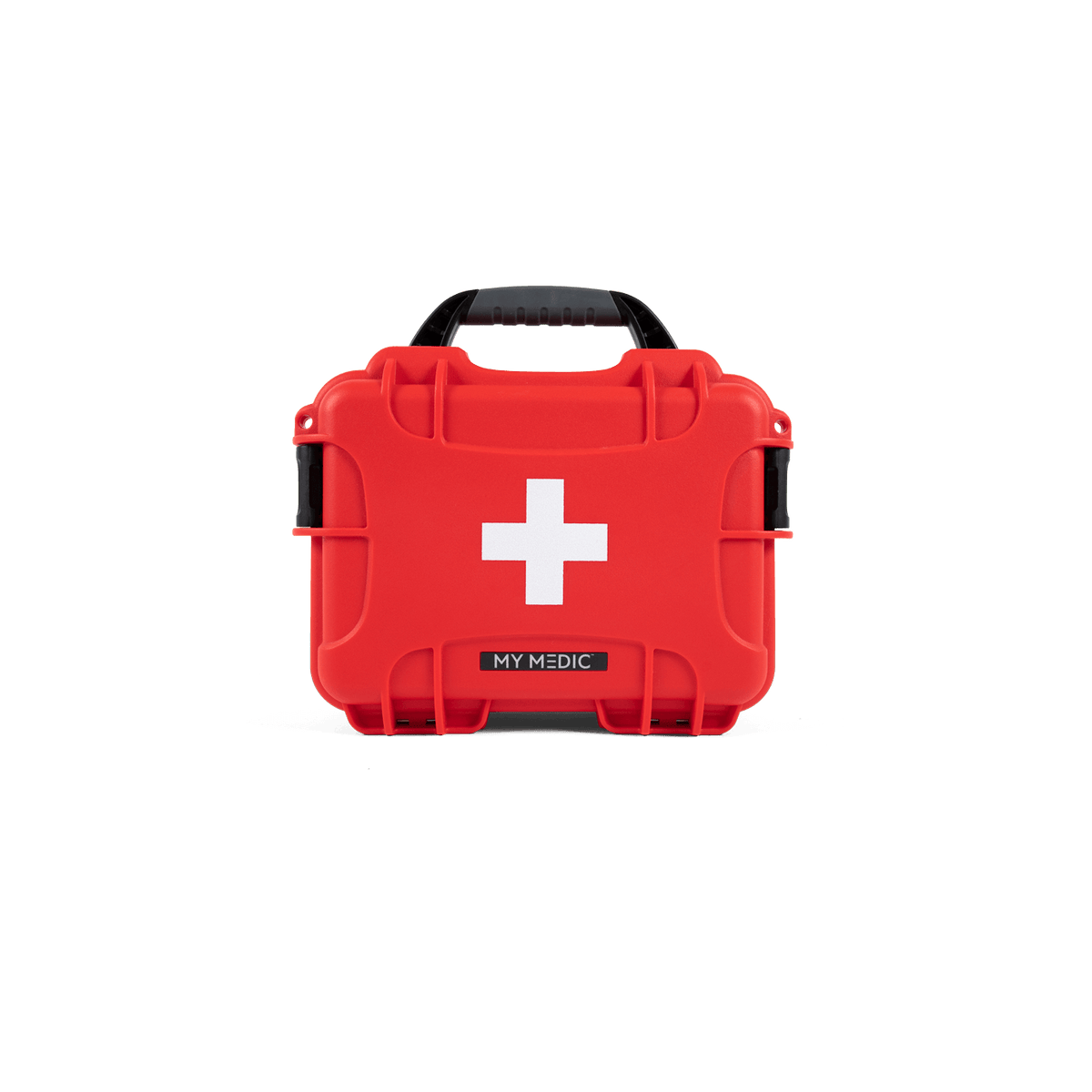
The MYFAK Medical Kit is one of our top recommendations for a comprehensive kit that has everything you may need.
Important Documents
Including vital documents may not be something that readily comes to mind for survival, but it can be very important. You should always have a copy of your ID, birth certificate, and contact details on hand. These can be helpful if you’re rescued and maybe too ill or injured to give your details.
In a worst-case scenario, they could also make it easier to identify you if you’re a victim of a disaster. It’s something we don’t like to think about, but it’s still important to prepare for such a situation.
NOAA Radio For Emergency Weather Alerts
If you’re in a survival situation, being aware of weather forecasts can be incredibly important. If there is going to be a massive blizzard, for example, then you know you need to stockpile wood and supplies to stay alive.
That’s why a radio with NOAA frequency capabilities is always vital, as it will allow you to prepare for unexpected extreme weather.
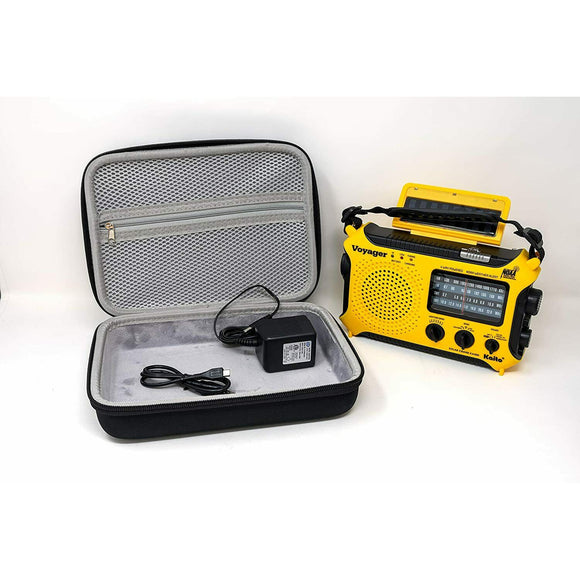
We highly recommend the Kaito Voyager KA500 solar-powered radio for this purpose, as it has NOAA capabilities as well as a solar panel for operation.
Cellphone And Backup Charger
Having a cell phone available for emergencies can be a huge help, as you may be able to contact rescue efforts if you’re in a bad situation. Additionally, rescue teams could use your phone to help track your location.
It would be useless if the phone were to die, so we would again recommend some kind of charger that doesn’t rely on a wall outlet to charge.
Health And Hygiene Supplies
Hygiene supplies may seem like a luxury, but it is definitely worthwhile to have some packed for emergencies. Being able to properly clean yourself not only will make you feel better but will ensure you’re less susceptible to infections and disease.
Toolkit Or Multitool
When you have to survive, you may find that you have to get creative with makeshift tools and supplies that you have to wrangle yourself. Having some tools or a multitool can make this improvisation much easier.
Also, you don’t want to find that you can’t access some canned goods because you have no tools to open them, so it’s good to have versatile tools that can be helpful in as many scenarios as possible.
Air Filtering Masks Or Protective Eye Wear
When natural disasters hit, there are often all sorts of hazards you may not expect. The air may get hard to breathe or there could be elements and chemicals in the air that will hurt your eyes.
Filtering masks and gear to protect your eyes can be vital accessories that you should definitely have just in case.
Fire Extinguisher
A fire is one of the last things you want to deal with in a survival situation. Not only can fire damage your supplies, but it can also cause nasty injuries. Packing a small fire extinguisher can prevent these kinds of injuries or damage.
Sleeping Bag And Solar Blankets
You may not have a comfy bed to sleep in when caught in a natural disaster, so you may have to make do with what you have. It’s not just about comfort, however, as staying warm as you sleep can be essential.
That’s why a sleeping bag should always be in your survival kit. A solar blanket should also be included if you may be dealing with harshly cold conditions.
Whistle Or Flare For Signalling
Seeing a rescue team on the horizon can be an amazing sight for anyone in a survival scenario. It can be less amazing if they don’t see or hear you, so you want to make sure you’re as visible and audible as possible.
A whistle or flare can make it much less likely that you’ll be left behind if a rescue effort is nearby.
Water Filtration System
Water can be incredibly scarce in any survival situation. Having water supplies is a great idea, but these can run out if the survival citation is ongoing. That’s why you want to have a sustainable way to produce clean water. A small water filtration system means you can make any available water safe to drink, which can save your life.
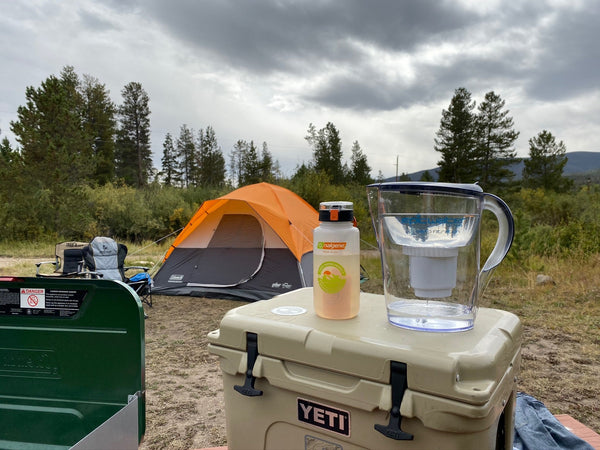
The Epic Nano Water Filter is a great choice for a convenient water filter for emergency situations.
Your Emergency Kit: A Vital Investment in Your Safety and Peace of Mind
In a world where natural disasters can strike at any moment, having a well-prepared emergency kit is not just a smart choice – it’s a responsibility to yourself and your loved ones. By taking the time to gather and maintain the essential items outlined in this guide, you’re investing in your safety, resilience, and peace of mind.
While assembling your own emergency kit item-by-item is valuable, many families find that starting with a comprehensive pre-assembled solution saves critical preparation time. The Emerge Survival 72-Hour Kit includes over 60 high-quality items covering all the essentials we’ve discussed—water and food for 3+ days, first aid supplies, emergency tools, and clear instructions—available in both 1-person and 2-person configurations to match your household needs.

Remember, while we all hope never to find ourselves in a situation where we need to rely on an emergency kit, the reality is that disasters can happen to anyone, anywhere, at any time. By being proactive and prepared, you’re giving yourself and your family the best possible chance of weathering the storm and emerging stronger on the other side.
But your preparedness journey doesn’t end with assembling your kit. To truly be ready for anything, consider taking these additional steps:
- Create a family emergency plan that includes communication strategies, meeting places, and emergency contacts.
- Participate in local disaster preparedness training and workshops to expand your knowledge and skills.
- Regularly review and update your emergency kit to ensure items are in good condition and not expired.
- Stay informed about potential threats in your area and familiarize yourself with local emergency response protocols.
Remember, building a culture of preparedness is a collaborative effort. Share this guide with friends, family, and neighbors, and encourage them to create their own emergency kits. By working together and looking out for one another, we can build more resilient communities that are better equipped to handle the challenges of natural disasters.
For more information on disaster preparedness and emergency kit essentials, visit the following resources:
- Ready.gov – Official website of the Department of Homeland Security, offering comprehensive guides and resources for personal and community preparedness.
- American Red Cross – Provides disaster relief, emergency preparedness education, and training in first aid and CPR.
- FEMA (Federal Emergency Management Agency) – Offers resources, support, and guidance for individuals and communities facing disasters.
In the face of natural disasters, knowledge, preparation, and a well-stocked emergency kit are your greatest allies. By taking action today, you’re not only investing in your own safety but also contributing to a more resilient and prepared society. Remember, hope for the best, but always prepare for the worst – because when it comes to natural disasters, every second counts.


